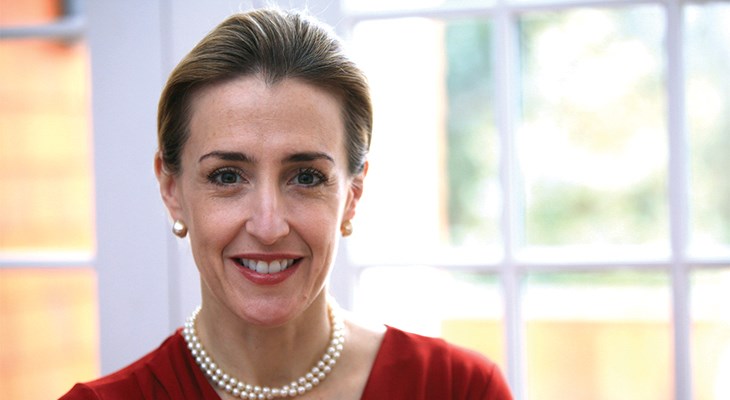Finding investment success isn’t necessarily about being granularly focused on a super-niche sector or subsector. In fact, for 1315 Capital, success can be a product of being able to see the bigger picture.
Adele Oliva is one of the founders of 1315, a health care growth equity firm that invests across commercial-stage health care companies. The firm has $500 million under management and targets $10 million to $30 million investments in commercial healthcare businesses that have the potential to scale to $50 million to $150 million of revenue.
“Those companies are critical to great outcomes with patients, how the surgeons perform surgery and cost containment around hospitals,” she says.
At the Dealmakers Conference earlier this year in Philadelphia, Oliva discussed the state of the M&A market in 1315’s sectors, how changes in the public markets the past five years have affected dealmaking and the benefits of investing across subsectors.
Bleed to the middle
Because 1315 invests across health care Industries, it focuses on paradigms to evaluate opportunities. Is it a commercially capital-efficient company? Does it have an exceptional management team? What is the market opportunity?
Some firms are highly specialized within an area of investment. For instance, some just work in certain areas of tech. Some work only in biotech or pharmaceutical. But 1315 is not one of them.
“We find having the ability to look across the different sub sectors of health care is very helpful, because so often things bleed in health care to the middle — there is a merger between them,” Oliva says.
This enables the firm to find opportunities such as device- and diagnostic-enabled services, tech-enabled services or pharmaceutical services, and then drill down.
For example, Oliva says 1315 Capital Principal Edward Chan was looking at an area of behavioral health, trying to identify ways to manage patients with severe depression.
“We looked at the med tech markets in terms of device opportunities. We looked at pharmaceutical alternatives and eventually invested in a company that was a service provider that had multiple service locations,” she says. “If we did just services, or just devices, we wouldn't be able to do that landscape overview across the industry to find the best opportunity in a particular area.”
Market aside
From a bigger-picture perspective, Oliva sees health care as an hourglass. There are so many companies looking for businesses with double-digit growth and exceptional gross margin opportunities that are commercially capital-efficient. As a result, these businesses are attractive to large strategics because they can result in significant growth and impact on the acquirer’s top and bottom lines.
“There are thousands of companies that are small, but as you get to $50 million to $150 million in revenue, there's a real scarcity effect, and that's where we see that hourglass.”
Over the past 10 years, she says some $30 billion of M&A has occurred with exit values between $50 million and $1 billion. She says from a public market standpoint, it’s been an incredible five years. Where there had been micro markets over the last 10 to 15 years, where certain markets were hotter than others, over the past five years, it's been robust across industries.
There’s been strength in the medical device industry, biotech, the medical device and medical tech industries, both on the private market side with multibillion-dollar private valuations, as well as public valuations. While there are global macro factors, it has been a very good five years for anyone participating as a public market investor. However, 1315’s strategy doesn't hinge on the whims of the public market.
“We’re typically exiting companies between $100 million and $700 million,” Oliva says. “Whether the Dow is at 26,000 or 16,000, it doesn’t matter to our exit profile because the strategic acquirers with massive cash are looking for growth, and they don’t need the public markets, nor do they need the debt markets ultimately to make a decision to acquire a company.”




